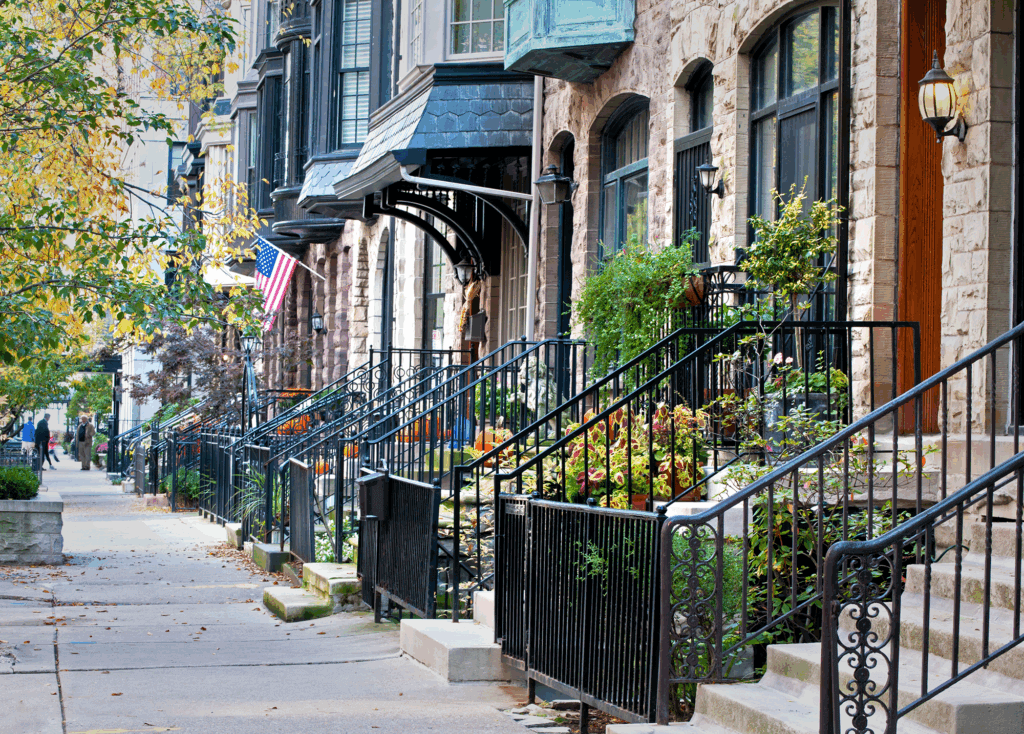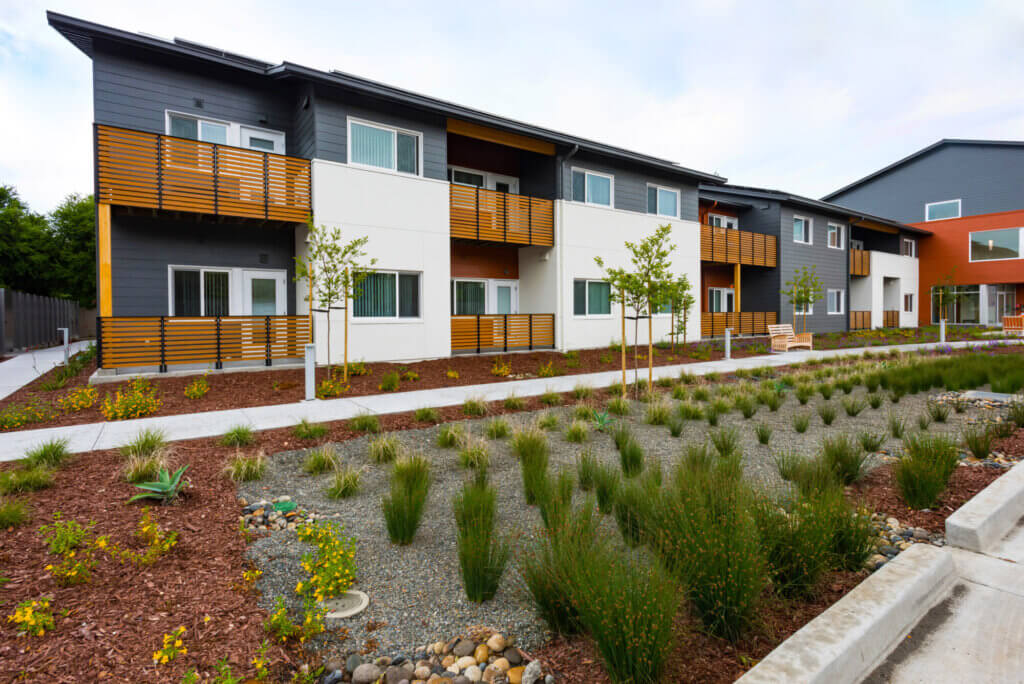Rent Payments in Affordable Housing During the Pandemic: The Role of Rental Subsidies and the Safety Net
Published On September 8, 2021
The Terner Center and the NYU Furman Center have jointly released a new analysis as members of the Housing Crisis Research Collaborative looking at the troubling declines in household rent payments and increases in rent arrears among tenants living primarily in affordable housing in California and New York City. The two centers have both conducted earlier analyses looking at the impacts of the COVID-19 pandemic on rental payments and collections.
This new analysis offers a comparative look at the trends in both data sets, with a particular focus on the role of rental subsidies and other safety net supports in shaping outcomes. While both subsidized and unsubsidized households experienced substantial increases in nonpayment rates during the pandemic in both New York City and California, households with rental subsidies accrued lower levels of rental arrears while those with fixed income sources were less likely to miss a rent payment. Similarly, on the property owner side, rent subsidies had a buffering effect on the total rent debt accrued during the pandemic. This points to the role a housing safety net can play during an economic downturn and the additional protective effect of a layered social safety net, offering insights for policymakers and practitioners working to stabilize tenants hit hardest by the pandemic.





